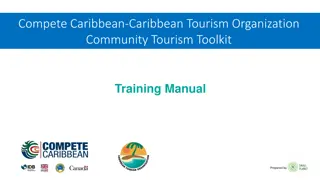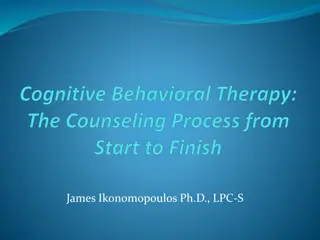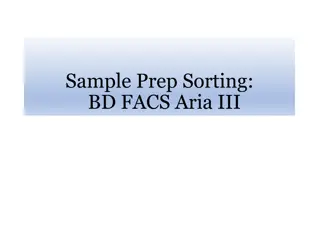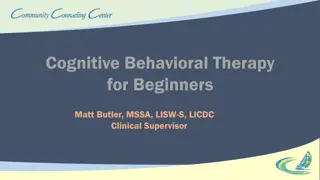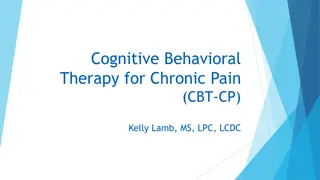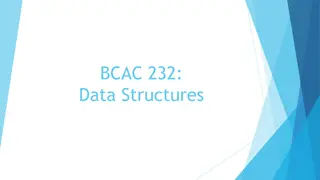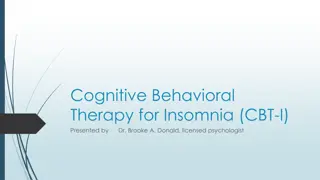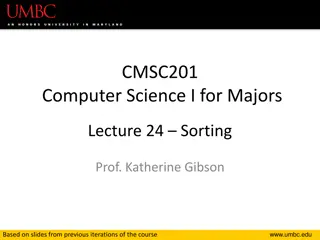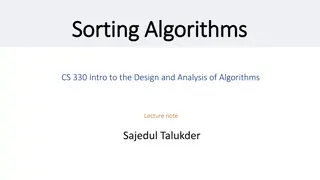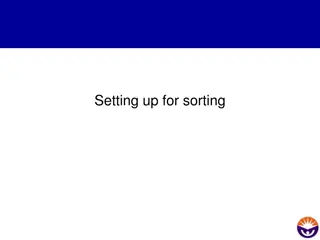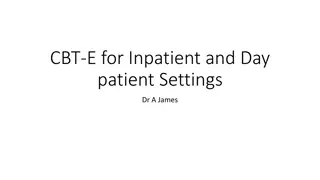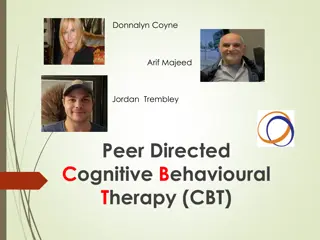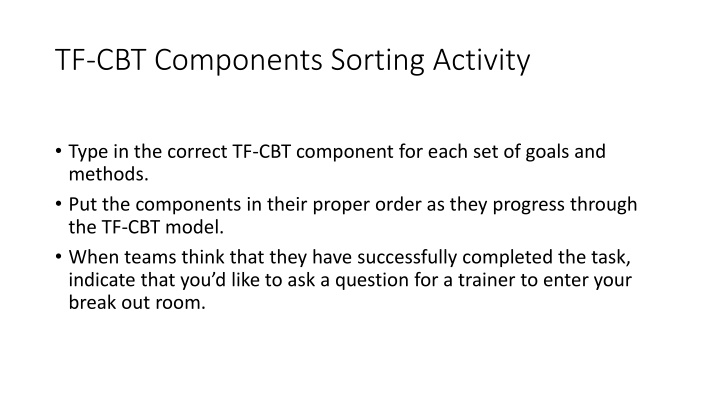
Effective TF-CBT Components for Child Trauma Recovery
Discover the essential components of Trauma-Focused Cognitive Behavioral Therapy (TF-CBT) for children, including setting safety plans, improving relationships, sharing narratives, normalizing trauma experiences, and enhancing emotional regulation skills.
Download Presentation

Please find below an Image/Link to download the presentation.
The content on the website is provided AS IS for your information and personal use only. It may not be sold, licensed, or shared on other websites without obtaining consent from the author. If you encounter any issues during the download, it is possible that the publisher has removed the file from their server.
You are allowed to download the files provided on this website for personal or commercial use, subject to the condition that they are used lawfully. All files are the property of their respective owners.
The content on the website is provided AS IS for your information and personal use only. It may not be sold, licensed, or shared on other websites without obtaining consent from the author.
E N D
Presentation Transcript
TF-CBT Components Sorting Activity Type in the correct TF-CBT component for each set of goals and methods. Put the components in their proper order as they progress through the TF-CBT model. When teams think that they have successfully completed the task, indicate that you d like to ask a question for a trainer to enter your break out room.
(Component) Goals Create safety plan to help child (and caregiver) be safer re: ongoing dangers (e.g., lives with DV or physical abuser, in violent neighborhood). Teach skills for use in risky situations that may arise in the future (e.g., home alone, peer pressure, dangerous neighborhoods, dating). Develop specific safety plan regarding self-injury or suicidal thoughts. Help child learn to identify and maintain personal boundaries. Help child develop healthy interpersonal relationships.
(Component) Goals Improve the relationship (e.g., enhance closeness, warmth and support) Teach/reinforce use of skills: Support child use of PRAC skills in the home. Apply positive parenting (e.g., praise, selective attention/ignoring, instructions, rewards and consequences). Prepare for conjoint review of trauma narrative.
(Component) Goals Provide opportunity for child to: Share narrative with key trusted adult(s). Receive validation, praise, support. Allow trusted adult to learn about child s perspective. Promote opportunity for caregiver and child to practice talking about the trauma (questions, concerns, feedback, etc.). Create opportunity (if appropriate) for parent to make amends/acknowledge (e.g., failure to be resource, disbelieving/blaming initial response, discounting, etc).
(Component) Goals Normalize exposure to trauma: You re not alone/not the only one. Explain and normalize PTS symptoms/PTSD and avoidance: You re not crazy. It makes sense that you re feeling this. Establish social norms regarding child responsibility for trauma and trauma coping: It s not your fault. You did the best you could. Describe TF-CBT Components, structure, and homework expectations Impart confidence that the child will get better: There s hope and we ve got a treatment that works. Explain how treatment works: Learn skills to feel better when scared/worried. Learn how thoughts drive feelings and behavior. Talking about what happened lowers the emotions when remembering or being reminded of it. Understanding the trauma helps put it into the past.
(Component) Goals Increase capacity to identify range of feelings, have a feelings vocabulary, and link to appropriate expression. Learn to rate feelings at different intensities Normalize conflicting feelings. Normalize multiple simultaneous feelings. Identify/learn strategies to improve/calm affect (modulate affect) Identify feelings associated with the traumatic event (when it happened, when thinking about it now).
(Component) Goals Separate harmless conditioned fear responses (e.g., trauma reminders or triggers) from real danger. Reduce avoidance that interferes with daily functioning.
(Component) Goals Teach the Cognitive Triangle: Relationship between Thoughts, Feelings, and Behavior Help the client learn to identify automatic unhelpful or inaccurate thoughts that the client may not immediately be aware of, but which are causing distress. Get buy-in to the idea that: Thoughts drive feelings. Thoughts can be changed. Generate coping self-statements.
(Component) Goals Client is able to face trauma experiences (e.g., think and talk about the trauma), especially hot spots or worst moments. Identify unhelpful or inaccurate trauma-related cognitions ( It was my fault ; I shouldn t have ) and altered core views of self ( I m not a good person ), others ( People cannot be trusted ), or the world ( nothing is safe ). Identify more helpful or more accurate ways to think about traumatic exposure, self, others, family, the world, and the future. Client develops a helpful understanding of what happened that acknowledges the trauma but does not define the child and contains hope and lessons learned.
(Component) Goals Teach the body s response to stress Create awareness of capacity to change from tense/distressed state to relaxation state. Teach specific skills for calming/reducing distress in the moment (e.g., at home, school, in the community).

